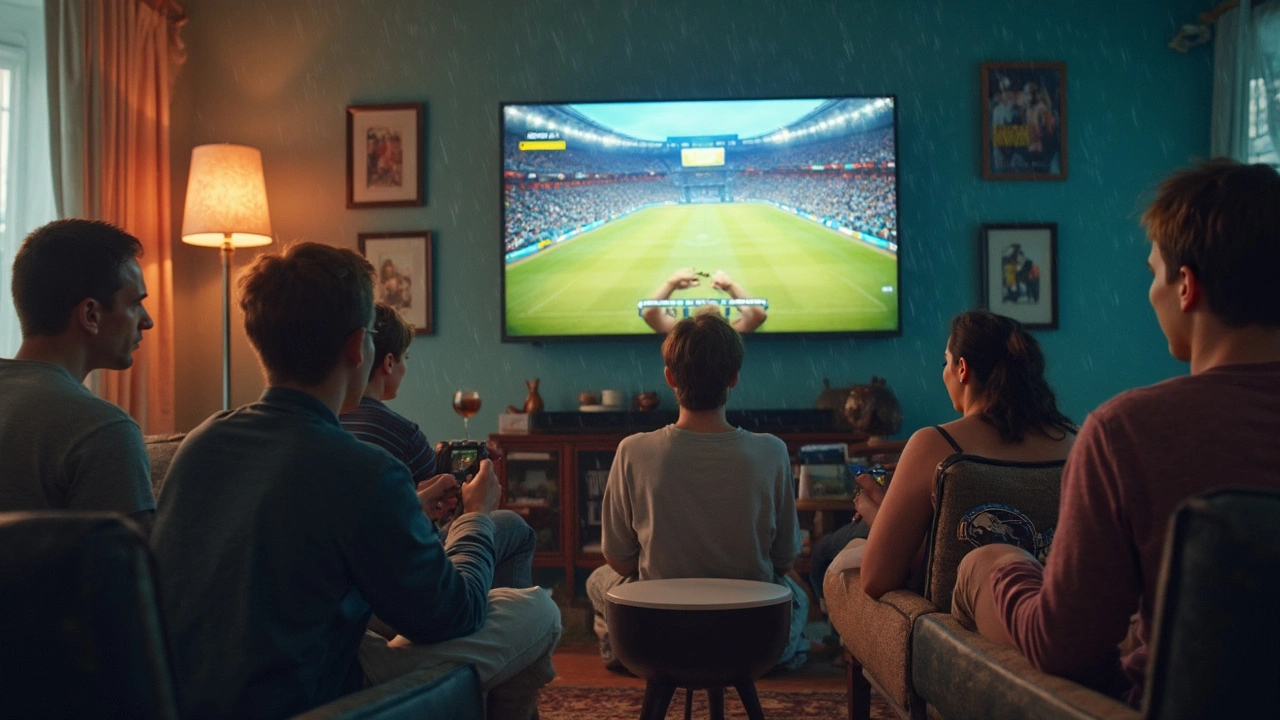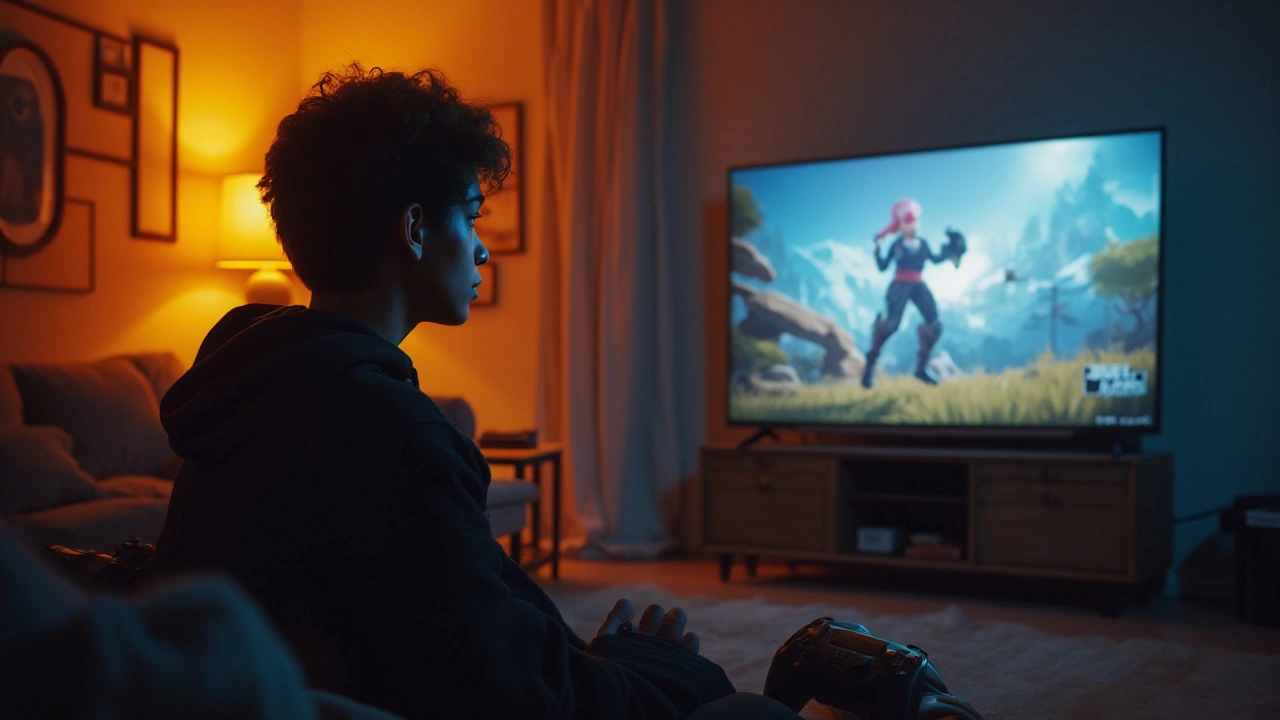Gaming industry marketing: how to make ads and monetization work without annoying players
Game players notice everything that breaks immersion. A badly placed ad or a paywall that feels unfair will kill retention faster than bad matchmaking. If you want revenue and growth, focus on ad formats and monetization that respect the player experience while driving measurable results.
Make ads feel like part of the game
Native placements win more often than interruptive ads. Think virtual billboards, branded skins, or product placements that fit the game world. Rewarded video works well for mobile titles — give players useful in-game items for watching one ad. That boosts completion rates and keeps players happy.
Quick tips: test ad timing (not during boss fights), cap frequency to avoid fatigue, and A/B test creative that matches your game visuals. Track view-through rate and post-ad retention to know whether an ad helped or hurt engagement.
Monetization should help retention, not hurt it
Sell convenience and expression, not power. Cosmetic bundles, season passes, and small convenience boosts keep whales spending while casual players stay. Avoid pay-to-win setups that push away core players.
Measure unit economics: CPI (cost per install) only tells part of the story. Look at Day-1, Day-7 retention, ARPDAU (average revenue per daily active user), and LTV (lifetime value). If LTV < blended CP I, your acquisition channels need fixing or your monetization needs rework.
Use data to guide pricing. Try limited-time offers and monitor conversion rates. If a $0.99 bundle converts at 10% and a $4.99 at 1%, you might still get more revenue from the lower-priced offer because of volume.
Creator partnerships move the needle. Streamers and short-form creators demo mechanics, show skins, and give honest takes. Sponsor creator-led challenges that tie into in-game rewards — players love content that gives them a goal to chase.
Player-first creative beats glossy ads. Show real gameplay, explain the value quickly, and highlight why the item or event matters to the player. For store pages, screenshots that show actual play moments convert better than stylized art.
Privacy and compliance matter. Use first-party data and clear consent flows. For games that reach kids, follow age rules and ad restrictions — regulators and platforms penalize non-compliance fast.
Finally, invest in measurement. Connect ad platforms to your analytics, attribute installs correctly, and run lift tests to see real impact on retention and spend. Small changes in ad placement or store messaging can move KPIs a lot.
MarketingMagnet Hub collects practical guides and case studies on these tactics. Use them to test, learn, and iterate — the gaming industry rewards teams that move quickly and listen to players.
In-Game Ads: The Future of Marketing Is Already Here
Brands are diving headfirst into video games, using in-game ads to grab attention where people really spend time. With gamers outnumbering traditional TV viewers, these ads are reshaping the way companies connect with their audience. This article digs into how ads appear inside your favorite games, why they're so effective, and what tools marketers use to make it all happen. Plus, you'll get tips on crafting ads that actually work in virtual worlds—not just feel like background noise. It’s a sneak peek at what’s working right now and what’s coming next.
VIEW MORERevolutionizing Digital Strategies: The Rise of In-Game Ads
In-game advertising is redefining digital marketing by integrating brands directly into gaming experiences. These ads range from subtle product placement to interactive campaigns, catering to a growing audience base. With the rise of mobile gaming and immersive technology, marketers are tapping into new demographics. This article explores the evolution, effectiveness, and challenges of in-game ads, helping readers understand the burgeoning landscape.
VIEW MOREInnovative Strategies for In-Game Advertising: Boosting Engagement and Revenue
In-game advertising has evolved as a powerful platform for brands to connect with consumers in a more interactive and engaging manner. This article delves into how creativity in in-game advertising can unleash new realms of possibilities for brands, outline strategies for creating immersive ad experiences, and discuss the impact of these advertising methods on both the audience and advertisers. It highlights the importance of understanding gamer psychology, leveraging the latest technologies, and adopting innovative formats to make advertising a seamless part of the gaming experience.
VIEW MORE


